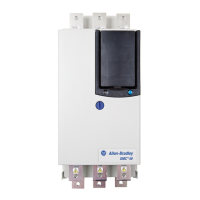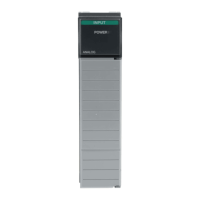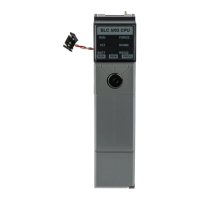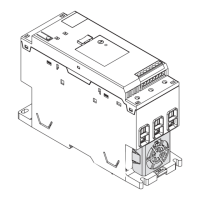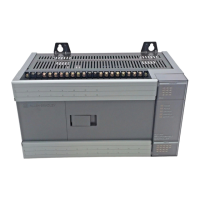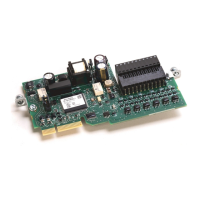Motion Configuration Instructions
Rockwell Automation Publication MOTION-RM002H-EN-P-February 2018 339
Commutation Test
The Commutation test only applies to PM motors. This test applies current to the
motor to align the rotor and check for proper phasing of a UVW encoder or Hall
sensor, if applicable. Finally, the test measures the commutation offset.
Tip:
For linear stages, make sure there is enough travel. If there is not enough travel, the test will
produce a fault.
Axis Parameter Data Type Units Definition
Hookup Test Status USINT - Returns the status of the last Run Hookup Test service
on the targeted drive axis. The Hookup Test Status
attribute can be used to determine when the hookup
test service has successfully completed.
Conditions may occur, however, that make it
impossible for the drive to properly perform the
operation. When this is the case, the test process is
automatically terminated and a test error is reported
that is stored in the Hookup Test Status output
parameter.
0 = test process successful
1 = test in progress
2 = test process aborted
3 = test process timed-out
4 = test process faulted
5 = test failed - no feedback 1 counts
6 = test failed - no feedback 2 counts
7-255 = reserved
Hookup Test Commutation
Polarity
USINT - Reports if the UVW phasing of the Encoder or Hall
Sensor match the phasing of the Motor. If the motor
and UVW commutation phasing do not match the
Commutation Polarity is Normal.
If it is determined that the phasing for the motor and
commutation device do not match, this parameter
reports that the Commutation direction is
Inverted. This value can be used to configure the
Commutation Polarity attribute.
0 = normal
1 = inverted
2-255 = reserved
Hookup Test Commutation
Offset
Real Electrical Degrees The Hookup Test Commutation Offset reports the
measured commutations offset of a PM motor during
the Commutation Test. This represents the value that
must be applied to the motor position accumulator in
order to align the Electrical Angle signal with motor
stator windings. This value can be used to configure
the Commutation Offset attribute.

